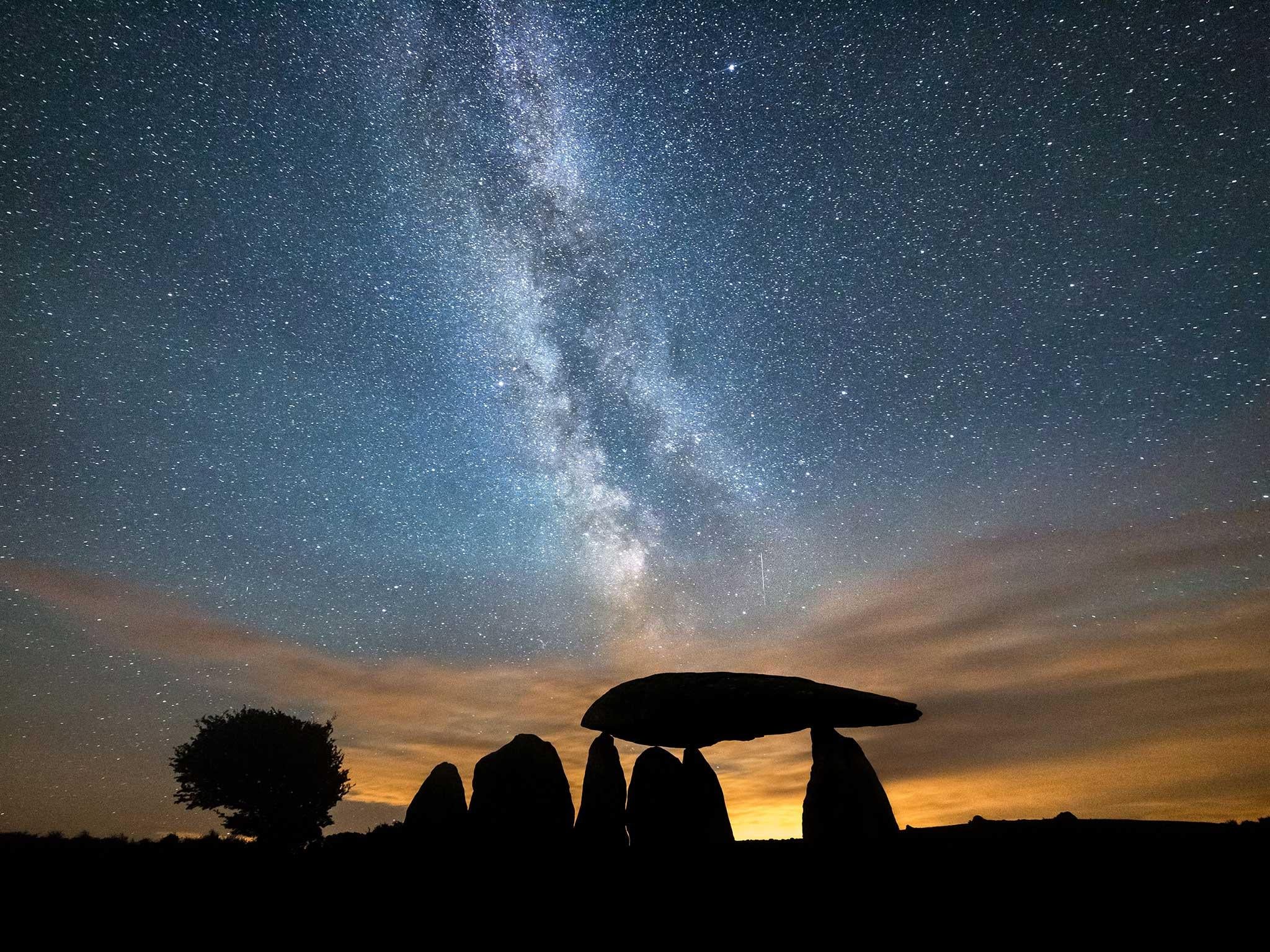Scientists discover 10,000 black holes hiding at centre of Milky Way
Black holes have historically been very difficult to detect

Your support helps us to tell the story
From reproductive rights to climate change to Big Tech, The Independent is on the ground when the story is developing. Whether it's investigating the financials of Elon Musk's pro-Trump PAC or producing our latest documentary, 'The A Word', which shines a light on the American women fighting for reproductive rights, we know how important it is to parse out the facts from the messaging.
At such a critical moment in US history, we need reporters on the ground. Your donation allows us to keep sending journalists to speak to both sides of the story.
The Independent is trusted by Americans across the entire political spectrum. And unlike many other quality news outlets, we choose not to lock Americans out of our reporting and analysis with paywalls. We believe quality journalism should be available to everyone, paid for by those who can afford it.
Your support makes all the difference.Scientists have found thousands of huge black holes lurking at the centre of our galaxy.
A new study reveals that about 10,000 of the giant black holes have been hiding in our own neighbourhood, and we haven't previously been able to see them.
Scientists have long suspected that there might be a host of smaller black holes surrounding the supermassive one that sits at the centre of our Milky Way. But they are by their nature difficult to see, and so the theory hasn't been proven.
Now scientists have been able to spot the traces sent out by the smaller black holes.
They searched for X-rays emitted by a subgroup of low-mass black holes that have captured a passing star in their gravitational grip, creating a "black hole binary".
The hunt came up with evidence of 300 to 500 of the binaries, from which it was possible to infer how many "isolated" black holes there must be at the galactic core. The answer was about 10,000.
US astrophysicist Dr Chuck Hailey, from Columbia University in New York City, said: "This finding confirms a major theory and the implications are many.
"It is going to significantly advance gravitational wave research because knowing the number of black holes in the centre of a typical galaxy can help in better predicting how many gravitational wave events may be associated with them.
"All the information astrophysicists need is at the centre of the galaxy."
The supermassive black hole at the heart of the Milky Way known as Sagittarius A (Sgr A) contains about four million times the mass of the sun and is 26,000 light years from Earth.
The halo of gas and dust around Sgr A is thought to provide the perfect breeding ground for massive stars that collapse into black holes when they die. These black holes, and others from outside the halo, are pulled towards Sgr A and held captive around it, scientists believe.
However, detecting them is a major a challenge. "Isolated, unmated black holes are just black - they don't do anything," said Dr Hailey. "So looking for isolated black holes is not a smart way to find them."
Instead, his team scoured through archived data from the Chandra X-ray space telescope to identify the X-ray signatures of black hole binaries. The search turned up 12 of the objects within three light years of Sgr A. Further analysis of their properties indicated that there must be up to 500 black hole binaries in total.
The findings are reported in the latest issue of Nature journal.
In the Beatles' 1967 song Day In The Life, from the Sergeant Pepper album, John Lennon sings: "I read the news today, oh boy: 4,000 holes in Blackburn, Lancashire". He adds: "Now they know how many holes it takes to fill the Albert Hall."
Additional reporting by Press Association
Join our commenting forum
Join thought-provoking conversations, follow other Independent readers and see their replies
Comments